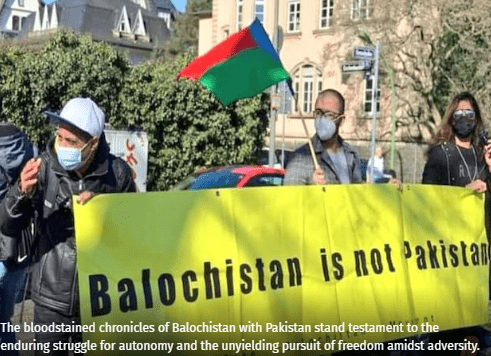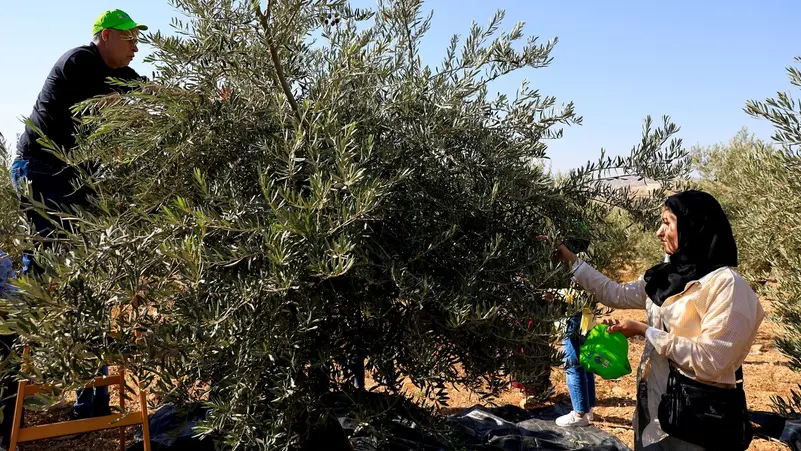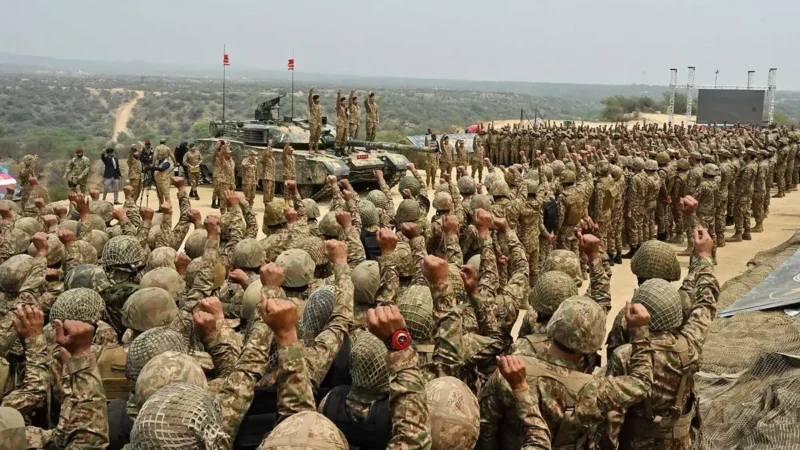World Watch | Balochistan’s Bloodstained Chronicles: A History of Struggle and Resilience

Balochistan is on fire. Three major attacks have happened since the beginning of this year on Pakistan-China installations in Balochistan. In the latest attack, which took place on the night of March 25 this year, the Balochistan Liberation Army (BLA) fighters reportedly breached the security perimeter of PNS Siddique, Pakistan’s second-largest naval air station at Turbat. The BLA has claimed to have killed 12 Pakistani security personnel. The official version of the Pakistan Army said one security personnel was killed while four BLA fighters were neutralised. Earlier, a massive attack happened at Gwadar Port on March 20 and at Mach town on January 29.
The last two attacks indicate a pattern that BLA is now targeting officials and assets from both Pakistan and China. They see them as ‘partners in crime’ when it comes to the loot and plunder of resources of Balochistan through the China-Pakistan Economic Corridor (CPEC). These attacks should be seen as a clear rejection of the CPEC by the Baloch population.
WHY BLACK DAY ON MARCH 27?
After India was partitioned and Pakistan came into existence, the region experienced a short span of sovereignty of 277 days during which Pakistani authorities resorted to deceit, manipulation, and treachery. Primarily known as the state of Kalat and having the status of a sovereign state during British rule, it aspired for independence. However, this yearning for self-rule was met with staunch opposition and duplicity from Pakistan.
The Khan of Kalat, seeking legal guidance from Muhammad Ali Jinnah, inadvertently laid the groundwork for his own downfall. Initially bolstered by Jinnah in his pursuit of independence, the Khan of Kalat soon found himself betrayed as Pakistan manoeuvred to assert dominance over Balochistan. Despite assurances of respecting Baloch sovereignty, Pakistan, with British backing, schemed to undermine Kalat’s independence. As pressure mounted, the Khan of Kalat found himself isolated, encountering dissent from within his own ranks and diplomatic coercion from Pakistan. Refusing to capitulate to Pakistani demands for amalgamation, the Khan endeavoured to garner support from Baloch leaders and fortify his military stance. But these endeavours proved futile as Pakistan, bolstered by British interests, orchestrated a concerted effort to dismantle Kalat’s autonomy. The subsequent proclamation of the separation of pivotal territories from Kalat further weakened the latter’s position, rendering it isolated and susceptible to Pakistani coercion.
Pakistan military invaded the state of Kalat on March 27, 1948, and illegally annexed it after a bloodbath. The bloodstained chronicles of Balochistan with Pakistan stand testament to the enduring struggle for autonomy and the unyielding pursuit of freedom amidst adversity.
MULTIPLE INSURGENCIES
The coercive annexation of Kalat into Pakistan ignited deep-seated grievances and dissent among the Baloch populace. Numerous Baloch nationalists perceived this annexation as an affront to their autonomy and an attack on their cultural heritage. They rallied behind Prince Abdul Karim, the Khan of Kalat’s brother in 1948, yet their insurgency was swiftly suppressed by the Pakistani military, resulting in Prince Karim’s incarceration.
Despite subsequent uprisings in 1958, 1962, and the early 1970s, the Pakistani state succeeded in quelling the resistance. In 2005, the Baloch movement experienced a resurgence when Nawab Akbar Khan Bugti, a former Pakistani defence minister and governor of Balochistan, took up arms against the state. Bugti’s demands, including greater control over Balochistan’s natural resources, thrust him into direct confrontation with the formidable Pakistani Army. Nevertheless, Bugti met his demise the following year, under suspicious circumstances and the needle of doubt pointed towards General Pervez Musharraf, Pakistan’s then-military ruler. In retribution, a rocket assault targeted Musharraf shortly after Bugti’s demise.
Once a proud bastion of independence, Balochistan now languishes as Pakistan’s most forsaken and impoverished province, despite its substantial contributions to the nation’s economy by virtue of its abundant mineral wealth.
COERCION OF THE BALOCH POPULACE
The Baloch populace has been trying to raise its voice, because of which they are increasingly bearing the brunt of the state’s actions. The Baloch populace residing within the territorial confines of Pakistan is being subjected to mass violations of human rights, including extrajudicial executions, enforced disappearances, and instances of torture, carried out by state security apparatus in coordination with affiliated entities.
According to findings disclosed by the Human Rights Commission of Pakistan (HRCP), spanning the period from 2003 to 2019, no fewer than 7,000 individuals in Balochistan were either killed or abducted by the government authorities. A significant proportion of them were political and social activists, students, and intellectuals. In a similar indictment of the Pakistani authorities, the Asian Human Rights Commission (AHRC) contended that since the inception of the new millennium in 2001, a cohort approximating 8,000 Baloch individuals has encountered enforced disappearance, with a substantial number presumed to have succumbed to fatal outcomes. Records furnished by Amnesty International for the temporal span encompassing 2010 to 2016 attest to the culpability of state security forces in the deaths of over 1,000 Baloch individuals, while more than 600 individuals remain unaccounted for. Additionally, the same report shares in detail the rampant torture of Baloch detainees, resulting in a large number of them succumbing to their injuries.
Baloch activist Munir Mengal delivered an impassioned discourse before the United Nations Human Rights Council (UNHRC) on March 19, 2023, wherein he unveiled the profundity of injustices perpetrated against the Baloch populace, citing a disconcerting report disseminated by a non-governmental organisation. This dossier meticulously chronicled 787 instances, inclusive of 101 women and 63 children below the age of 13, who were subjected to torture, ruthless coercion and control. Remarkably, the unearthing of 31 disfigured cadavers belonging to disappeared individuals serves as a poignant testament to the gravity of these transgressions. Regrettably, a mere 96 individuals managed to secure their release, leaving a plethora of others to endure unfathomable adversities.
Unable to harness the region’s potential, Pakistan has turned to its ally China to exploit Balochistan’s resources. However, this alliance has exacerbated tensions, culminating in assaults by Baloch militants against Chinese nationals in Gwadar, the pivotal port city crucial to the CPEC. The integration of Gwadar into CPEC has instilled fears among the Balochs of demographic upheavals and marginalisation within their own province. Despite efforts to portray figures like Anwarul Haq Kakar, a Pashtun leader, as representatives of Balochistan, there is growing discontent in this region. This discontent is getting reflected through armed resistance of the Baloch groups resulting in heavy casualties for the Pakistani establishment. Unfortunately, the absence of democratic institutions in this region and Pakistan as a whole doesn’t leave much scope for a peaceful resolution of the Baloch problem.






